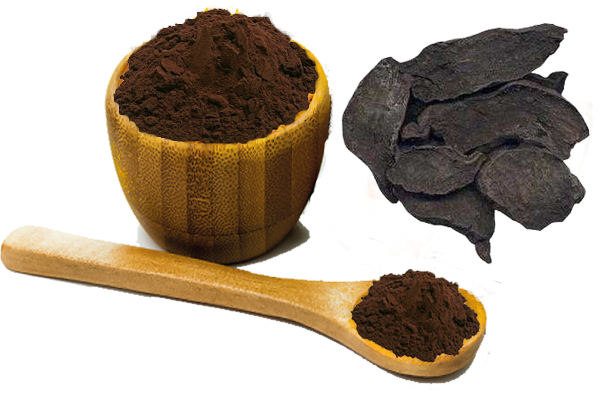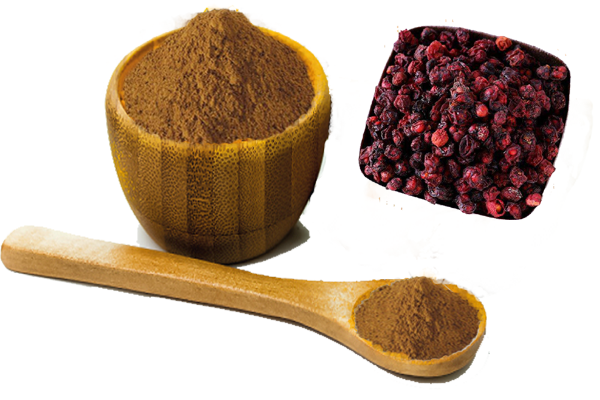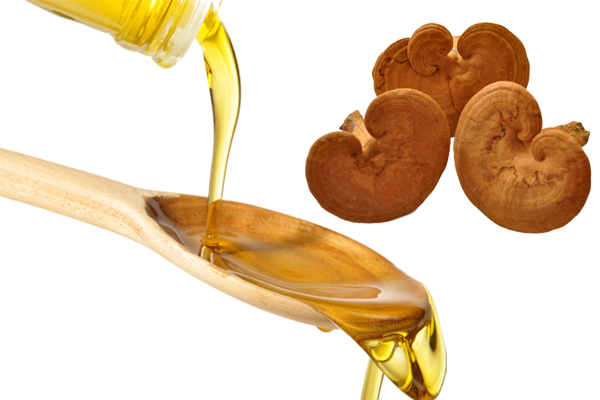
Schisandra Chinensis Oil
Schisandra Chinensis Oil
Schisandra Chinensis Oil with the purity of Schizandrin B>2.2% and other standard purity and OEM service with analysis meets the EP, USP, JP, CP.....
Schisandra Chinensis Oil
Latin Name:Schisandra chinensis (Turcz.) Baill
Material Original: HeiLongjiang, China
Extracted Part: Fruit Seed
Supported Purity: Schizandrin B>2.2% Method of Extraction: CO2 super-critical extraction technology CAS number: 58546-56-8
Function:
Eliminate oxygen free radicals, stimulate the body to produce its own antioxidant, and clear large amounts of free radicals in time, protects and regenerates the liver -Schizandra oil can relieve fatigue, and improve headaches ,insomnia, dizziness, and palpitations. -Promote mental function, improve memory, benefit learning, and stimulate the immune system.
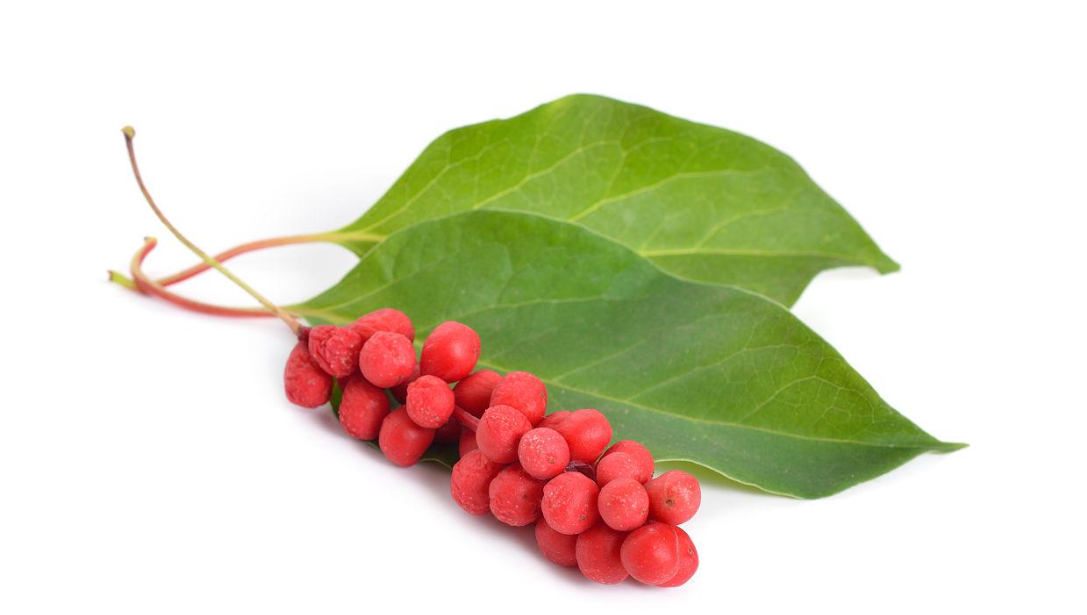
Schisandra Chinensis Oil
About Schisandra Chinensis Oil
Schisandra also known as Schisandra chinensis (Turcz.)Baill, is a plant of the Magnoliaceae family Dry and mature fruits of Schisandra sphenanthera Rehd. et Wils.. The former is commonly referred to as “North Schisandra”, while the latter is commonly referred to as “South Schisandra”. When the autumn fruits are ripe, they are picked, sun dried or steamed, and then sun dried to remove the stem and impurities. Tang et al.’s “Newly Revised Materia Medica” recorded that “the five flavors of skin and flesh are sweet and sour, the core is hard, and all have a salty taste”, hence the name Schisandra. Schisandra is divided into two types: southern and northern. The ancient medical books refer to it as English, Xuanji, and Huiji. It was first listed as a top-grade traditional Chinese medicine in the Shennong Materia Medica Classic, which can nourish and strengthen the body. Its medicinal value is extremely high, and it has the effect of strengthening the body. It is used in combination with Qiongzhen Lingzhi to treat insomnia.
Chemical component of Schisandra Chinensis Oil
Schisandra contains volatile components, lignans, and organic acids. It also contains citral, chlorophyll, sterols, vitamin C, vitamin E, sugars, resins, and tannins. The volatile components include Sesquicarene, β-Chamigrene,α-Cha migrene,Chamigrenol,β-Bisabolene,α-Pinene,Cam- phene,β-Pinene,Myrcene,α-Terpinene,Limonene,γ-Terpinene,p-Cymene,Thymol methylether,Bornyl acetate,Citronellyl acetate,Linalool,Terpinene-4-ol,α-Terpi- neol,Borneol,Citronellol,Benzoic acid,δ-Cadinene,β- Elemene,α-Ylangene and etc.
Lignans include: Schizandrin, Deoxyschizandrin,γ-Schizandrin, Pseudo-γ-schizandrin, schisandrin b, Schisandrin propyl, Isoschizandrin,Pregomisin, Neoschizandrin, Schizandrol, Schizandrol A, Gomisin A, Schisantherin A,B,C,D,E, Rubschisantherin, Schisanhenol acetdte, Schisanhenol B, Schisanhenol, Gomisin)A、B、C、D、E、F、G、H、J、N、O、R、S、T、U, Epigomisin, Angeloylgomisin H、O、Q, TigloylgomisinH、P, Angeloyisogomisin O, Benzoyl- gomisin H、O、P、Q, Benzoyl- isogomisin O.
Technical Characteristic for CO2 Super-critical extraction
–Extraction medium: carbon dioxide, which is coloriess, odoriess, tasteless and non-toxic, green and safety in process.
–Fully retain the natural characteristic of the original material owing to no-chemical reaction occurrence during production.
–Complete, rapid and high selective extraction.
–No damage to original composition owing to low temperature and black field extraction.
–No organic solvent residues in product and no pollution for the surroundings
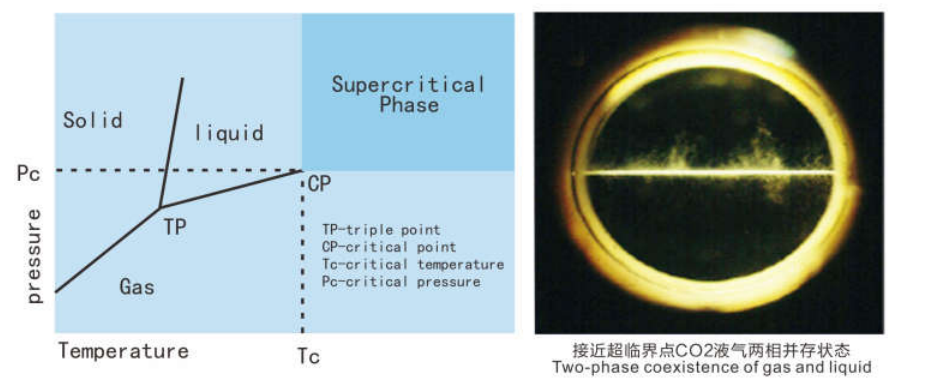
CO2 Super-critical extraction for Schisandra Chinensis Oil
Pharmacological action of Schisandra Chinensis Oil
Organizational protection
Schisandrin B, with its ability to upregulate cellular antioxidant defense mechanisms, promotes mitochondrial function and antioxidant status, thus exerting a wide range of protective effects on multiple tissues in the body. Recent studies have found that long-term low-dose administration of Schisandrin B can increase the function and antioxidant capacity of mitochondria in multiple tissues of young and elderly experimental rats, including the brain, heart, liver, and skeletal muscle. Due to the close correlation between mitochondrial degradation and aging, maintaining the integrity of mitochondrial structure and function is of great significance for delaying aging and preventing diseases caused by aging.
Benefit for heart
Experimental rats taking Schisandrin B can protect myocardial cells from ischemia/reperfusion injury (one of the myocardial infarction models), and its protective effect on the heart is related to its increased mitochondrial antioxidant status and energy production, as well as increased expression of heat shock proteins. Due to the hypoxia/reoxygenation process, mitochondrial permeability transition (MPT) induced by calcium ions is increased, which ultimately leads to cell necrosis and apoptosis. Schisandrin B can significantly enhance the antioxidant status of mitochondria by upregulating the antioxidant defense system of myocardial cells, thereby reducing the sensitivity of cells to calcium ion induced membrane permeability transition.
Recent studies have shown that Schisandrin B can also protect the hearts of experimental mice from chronic cardiac toxicity caused by the anti-tumor drug doxorubicin, and increase its anti-cancer activity.
Benefit for liver
Schisandrin B can prevent and protect experimental mice from liver damage caused by carbon tetrachloride or TNFa. Its liver protective effect is related to its increased mitochondrial glutathione redox status and expression of heat shock proteins. Schisandrin B can also enhance the calcium ion induced membrane permeability transition in liver mitochondria, thereby preventing cell apoptosis under high oxidative stress.
Schisandrin B can stimulate the protective response of liver cells in experimental rats, reducing liver toxicity caused by mercury dichloride and carbon tetrachloride. Allowing long-term alcohol treated experimental rats to take low-dose Schisandrin B orally simultaneously can also improve the oxidative status and heat shock response of multiple tissues, especially the liver.
Benefit for brain
Schisandrin B can prevent and protect the brains of experimental mice and rats from oxidative damage. This protective effect is mainly related to two factors:
1、 Improve the redox status of glutathione in tissues/mitochondria;
2、 Increase the ability of brain mitochondria to resist calcium induced membrane permeability transition.
Benefit for antiinflammatory
Schisandrin B showed anti-inflammatory activity in RAW264.7 macrophages. Its inhibitory effect on cytokines is achieved by blocking lipopolysaccharide induced phosphorylation of p38 MAPK, ERK1/2, and JNK. Schisandrin B can also reduce the proportion of reducing and oxidizing glutathione in lymphocytes, induce nuclear transfer of Nrf2, and increase the transcription of its related genes. The anti-inflammatory activity of Schisandrin B is achieved by regulating the transcription factors (Nrf2 and NFkB) sensitive to redox in lymphocytes, as demonstrated by experiments that inhibit pre inflammatory responses both in vivo and in vitro. Therefore, Nrf2 and HO-1 inhibitors can significantly eliminate the anti-inflammatory effects of Schisandrin B. A recent study has shown that Schisandrin B can inhibit the expression of inflammatory cytokines in mouse bone marrow-derived mast cells and produce anti allergic effects. Schisandrin B can also antagonize lipopolysaccharide induced rat microglial neuritis through the MyD88/IKK/NF kB signaling pathway regulated by TLR4 receptors, exerting an anti neuroinflammatory effect.
Benefit for metabolize
Early studies have found that Schisandrin B can inhibit the activity of acyl CoA cholesterol acyltransferase in the liver of experimental rats and reduce liver lipid levels in high-fat/cholesterol diet experimental mice. Although Schisandrin B can increase serum and liver triglyceride levels in normal food group experimental mice in a dose-dependent manner, it can also reduce total liver cholesterol levels in a dose-dependent manner. Schisandrin B can reduce the accumulation of total lipids and triglycerides in fatty liver L-O2 cells, and its effect on reducing cellular lipid levels is related to its ability to reverse the upregulation of free fatty acid induced adipose differentiation related proteins and sterol regulatory element binding protein-1. (-) Schisandrin B can promote HepG2 cells to take basic glucose, and its effect is better than rosiglitazone, a commonly used anti diabetes drug.
MIGU also provide other Schisandra Chinensis extract powder, any interesting for it, please email us freely. More Scientific research and development for Schisandra Chinensis Oil , please check here












